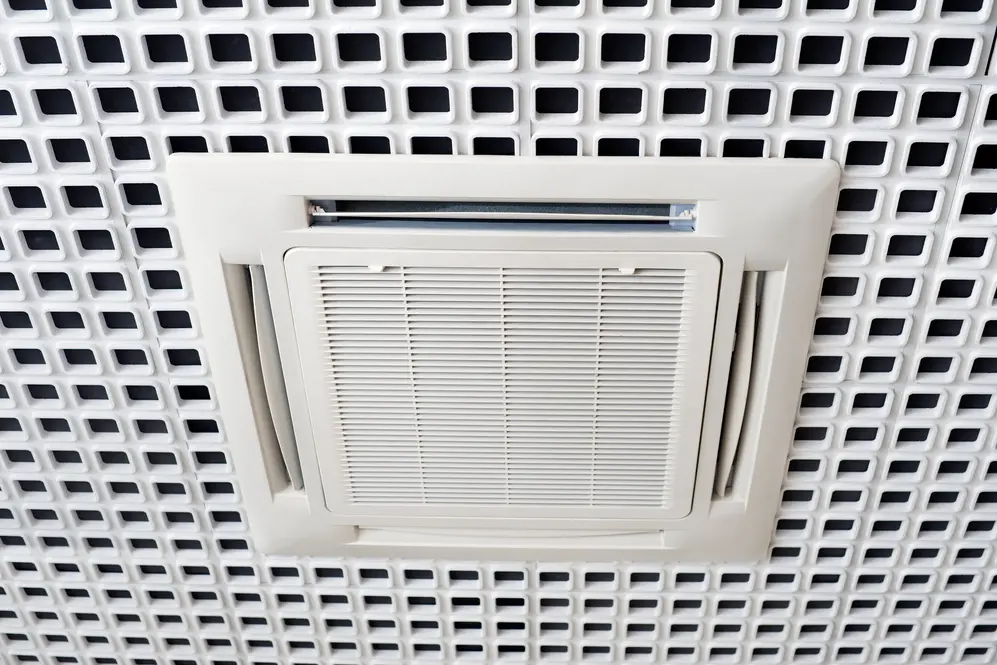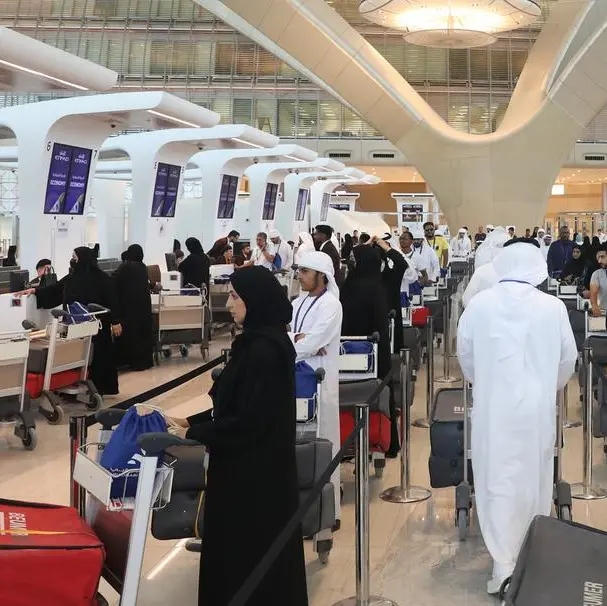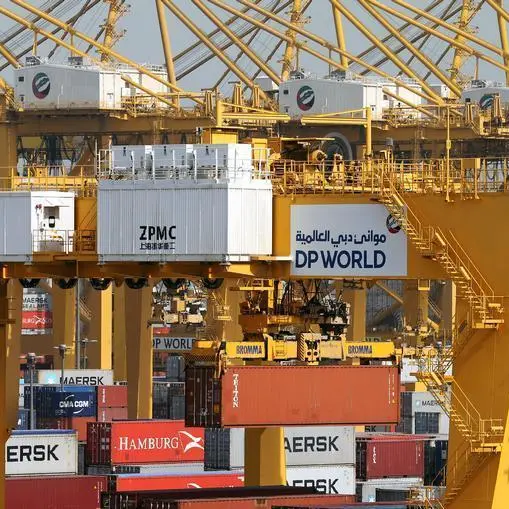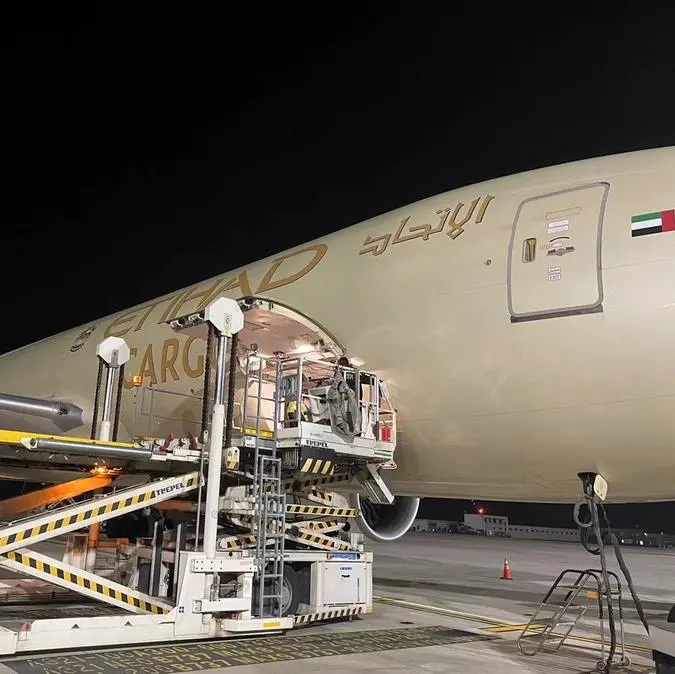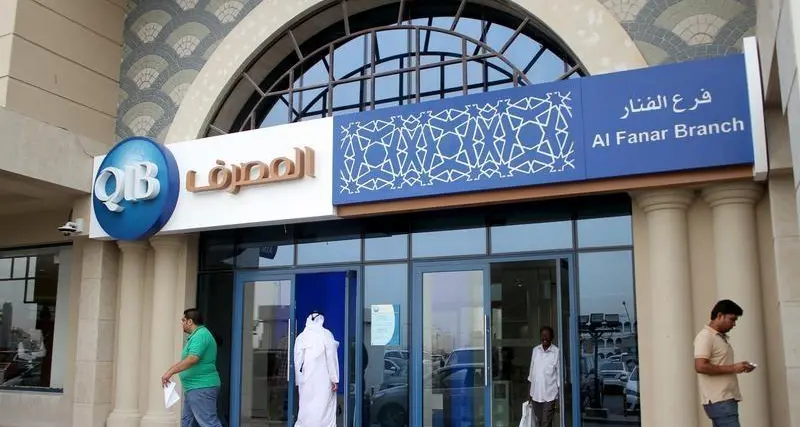PHOTO
The district cooling industry in Qatar is looking to build on several years of robust growth with a wave of fresh investment.
District cooling entails the production and circulation of chilled water to multiple buildings through a network of insulated underground pipes. Water is pumped from a central cooling plant to building connections, known as energy transfer stations, where it is then used by the building's climate control system to lower temperatures.
Regarded as more energy efficient than conventional air conditioning, district cooling has become a key component of the state's drive to reduce energy consumption in line with Qatar National Vision (QNV) 2030, the country's strategic development plan.
Growth marketThe industry's cooling capacity - measured in tonnes of refrigeration (TR) - has expanded significantly in recent years, rising from 25,700 TR in 2007 to around 485,000 TR last year, according to the Qatar General Electricity & Water Corporation (Kahramaa).
The sector's rapid expansion is due in part to the fact that district cooling is a relative newcomer in Qatar.
The country's largest operator, Qatar Cool, was established in 2003 and now operates three plants with a combined capacity of 197,000 TR. Two of its facilities serve the West Bay district, producing a combined 67,000 TR, while the third, which caters to The Pearl-Qatar district, has a capacity of 130,000 TR, making it the largest plant of its kind in the world. Additionally, the company is building a fourth plant, also located in the West Bay district, which is expected to add another 40,000 TR of cooling capacity upon completion.
"Due to the increased demand we have seen in West Bay, we are constructing our third plant in the same district, with the first phase expected to be completed early next year and full completion of the plant scheduled for the end of 2016," Yasser Salah Al Jaidah, CEO of Qatar Cool, told OBG.
A second operator, Marafeq Qatar, entered the market in 2012 and now runs a 5000-TR plant in Lusail City, with the facility expected to increase its capacity to 300,000 TR by 2022. The company also operates a 37,000-TR capacity plant that will serve the 6000 units of the Barwa City development north of Doha, scheduled for completion later this year.
On the riseOther key sites across the country, including the newly opened Hamad International Airport, operate their own district cooling systems. For its part, the Msheireb Downtown Doha project switched on the first of two plants last year, which will have combined capacity of 29,250 TR once fully operational.
Despite the rising popularity of district cooling, the industry's capital-intensive nature can present challenges for operators. Contracts are generally 20 years in length, with cost savings projected over the long term. "The capital costs for district cooling are extremely high," Al Jaidah told OBG.
With the comparatively recent introduction of district cooling technology, the regulatory management of the sector may continue to evolve. There are some concerns that having district cooling mandates and/or exclusivity in certain areas could reduce cooling capacity and increase costs, with government ownership of the network seen as an alternative. The government acting as a single buyer could help to overcome legacy issues in the industry, and benefit both producers and consumers in the form of tariff stability and controls.
Thinking greenDistrict cooling continues to play a significant role in achieving the energy goals laid out in QNV 2030. The plan's fourth pillar, which covers environmental development, targets the adoption of more environmentally friendly technology.
According to figures from Kahramaa, for 1 TR hour, district cooling consumes around 0.9 KWh, significantly less than the 1.7 KWh used by air-cooled chillers and the 2 KWh needed for window units. The carbon dioxide emissions from district cooling are also about 50% lower. Energy efficiency is particularly important in the Gulf, where air conditioning accounts for significant seasonal consumption.
"In our region, where temperatures are very high in the summer months, air conditioning accounts for 70% of the total electricity consumption," Al Jaidah told OBG. "District cooling helps save 40-60% of the energy used by conventional cooling systems, such as air-cooled chillers, packaged units, ducted split units, split units and window air conditioners."
Water mattersWhile the energy savings from district cooling are significant, it uses much more water than conventional air conditioning - as much as 50-80% more, according to Kahramaa. This places a heavy burden on Qatar's potable water resources, which are already derived entirely from desalination.
To address issues like this and implement a governing framework for the growing industry, Kahramaa established a District Cooling Services department in May 2012, which is charged with regulating the industry, issuing licences and ensuring compliance with national policy.
In 2013 a ministerial directive was issued banning the use of potable water for cooling, requiring plants to submit plans for switching to treated sewage effluent (TSE) in a bid to save on Qatar's limited desalinated water resources. TSE is seen as an environmentally friendly alternative, with its overall usage per TR identical to potable water. At present, as much as 40-60% of the region's TSE is discharged into the sea, according to engineering consultancy ARCARDIS.
The directive, which took effect in January last year, obliges all new plants to connect to TSE networks where possible or prepare for integration where systems are not yet in place. This government initiative has been largely accepted by the industry thus far. For example, Qatar Cool has prepared its West Bay plants for conversion to TSE and is working with the government to secure the necessary volumes.
© Oxford Business Group 2015
